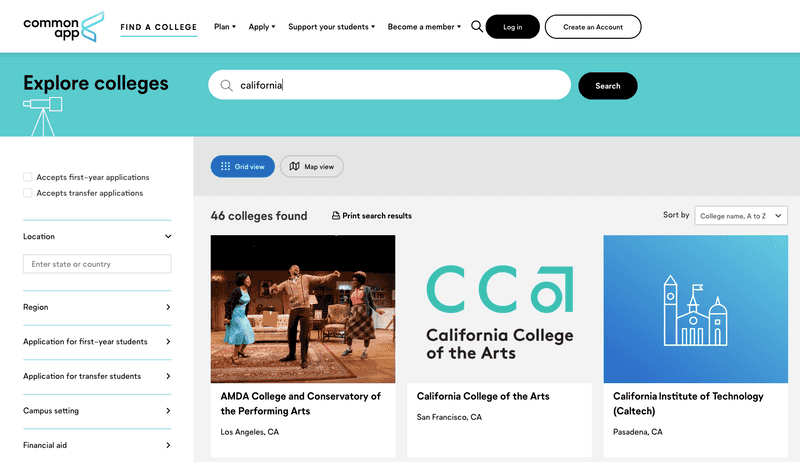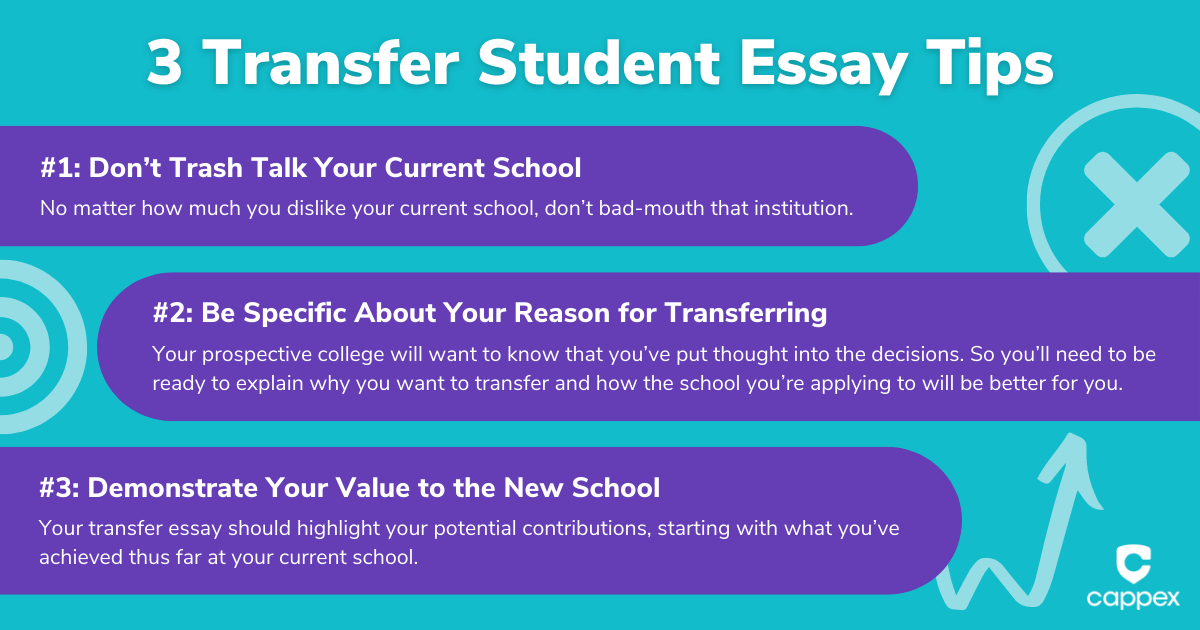Key Takeaways
The minimum GPA requirement for UC transfer students is 2.4 for California residents and 2.8 for non-residents.
UC Berkeley requires a higher minimum GPA of 3.0 for transfer applicants.
Transfer application deadlines for UC schools are typically the same, but always check the specific campus for variations.
Completing UC Transfer Pathways can simplify the process for students targeting popular majors.
Transfer admission rates can vary by campus and major, with UC Berkeley often being more competitive.
Charting Your Path: Transferring from Community College to UC
Embarking on the journey from a community college to a University of California (UC) campus is an admirable quest filled with potential and promise. But like any voyage, it requires careful planning, navigation, and understanding of the terrain. The UC transfer path is well-trodden and comes with a set of requirements and deadlines that, if met with diligence, can lead to the halls of some of the most prestigious public universities in the country.
Understanding UC Transfer Requirements
Before you pack your academic bags and set your sights on a UC campus, it’s crucial to familiarize yourself with the transfer requirements. The UC system maintains a baseline GPA requirement which stands at 2.4 for California residents. If you’re joining from out-of-state, the bar is set a bit higher at 2.8. These numbers are the ground floor; meeting them makes you eligible but not necessarily competitive. Most importantly, individual UC campuses and majors may require higher GPAs.
There’s also a list of courses you need to have under your belt before you can transfer. This typically includes two transferable college courses in English composition, one transferable math course that has a prerequisite of intermediate algebra or higher, and four transferable college courses in at least two of the following subject areas: arts and humanities, social and behavioral sciences, and physical and biological sciences.
Mapping Out the UC Transfer Application Timeline
Timing is everything. For most UC campuses, the transfer application filing period opens on November 1 and runs until November 30 for the following fall semester. That’s your window to submit your application online. But don’t wait until the last minute. The best strategy is to start preparing your application well in advance, so you’re ready to hit ‘submit’ as soon as the filing period opens.
Keep in mind that while the general UC transfer application deadline is consistent across the system, certain campuses or programs may have different deadlines or additional requirements. Therefore, double-check the dates for each UC campus you’re interested in to avoid any last-minute panic.

“Experience Berkeley Transfer Info …” from www.contracosta.edu and used with no modifications.
Navigating UC Berkeley’s Specific Deadlines and Criteria
UC Berkeley, known for its academic rigor and competitive admissions process, sets its own pace when it comes to transfer applications. While the general application deadline aligns with other UCs, Berkeley’s review process is holistic and takes into account the full range of your accomplishments, both academic and personal. It’s not just about hitting the minimum GPA; it’s about demonstrating your readiness to thrive in a challenging academic environment. For more insight on managing the stress of such a demanding application process, consider exploring these effective stress management strategies for college students.
Comparing Transfer Admission Rates: Easier or Harder?
Is it easier or harder to get into a UC as a transfer student? The answer isn’t straightforward. Admission rates vary widely depending on the campus, the major you’re applying to, and the applicant pool for that year. For example, UC Berkeley and UCLA, with their high demand and limited spots, may be tougher nuts to crack compared to other UCs. But don’t let that discourage you. Many transfer students find success each year, armed with strong GPAs and a clear academic trajectory.
Identifying the Required GPA for UC Transfer Success
The GPA you need to transfer to a UC campus is one of the most critical pieces of your application puzzle. While you must meet the minimum requirements, aiming for a GPA that’s well above the baseline can enhance your chances of admission, especially at more competitive campuses like UC Berkeley. The mid-50% GPA range for admitted transfer students at Berkeley was between 3.62 and 3.96 in 2023, which gives you a target to aim for.
Time management is a crucial factor when preparing for your transfer to a UC. Missing a deadline can derail an entire year’s worth of planning. Therefore, it’s vital to mark your calendar with the UC transfer application deadline, which is typically November 30th. This is the cutoff for students aiming to enroll in the fall of the next academic year.
Time is Ticking: Key UC Transfer Application Deadlines
As you plot your course towards a UC campus, one of the most critical milestones is the application deadline. The UC system has established a unified deadline for transfer applications, which creates a clear target for prospective students. However, remember that this deadline is non-negotiable; late submissions are not typically accepted, so plan accordingly.
While the main application deadline is system-wide, some UC campuses may have secondary deadlines for specific programs or scholarship applications. Always check the individual UC campus websites for the most accurate and up-to-date information.
System-wide UC Application Cutoff Dates
The official filing period for UC transfer applications opens on November 1st and closes on November 30th. This is the window during which you can submit your application to be considered for the following academic year. Mark these dates, and make sure you have all necessary documentation and information ready well in advance. For additional strategies on managing application submission stress, consider reading Beat the Clock: Strategies for Managing College Essay Submission Stress.
UC Berkeley’s Transfer Application Timetable
UC Berkeley, with its prestigious reputation, follows the general UC application timeline but is known for its rigorous selection process. The admissions team at Berkeley takes their time to thoroughly evaluate each application. Because of this, it’s recommended to submit your application as early as possible within the filing period to ensure you have ample time to resolve any potential issues.
Application Opens: November 1st
Application Deadline: November 30th
Supplemental Materials Deadline: Varies by department
It’s essential to be proactive with your application to UC Berkeley. Gather your transcripts, letters of recommendation, and personal insight questions early to avoid any last-minute stress.
UC Berkeley Focus: A Closer Look at Competitive Transfer Admissions
UC Berkeley stands out for its competitive nature and the high caliber of students it admits. If you’re setting your sights on this campus, it’s important to understand what you’re up against and how to showcase your academic strength and personal achievements effectively. For those considering a transfer to UC Berkeley, it’s crucial to prepare and strategize to meet the rigorous demands of the admissions process.
UC Berkeley’s GPA Expectations for Transfers
While the UC system has a minimum GPA requirement, UC Berkeley expects more from its applicants. Aiming for a GPA at or above the mid-50% range of recently admitted transfer students can significantly bolster your chances. For 2023, this range was between 3.62 and 3.96, which gives you a clear target for academic excellence.
Excelling in Personal Insight Essays
UC Berkeley’s application includes a section for personal insight essays, which are your opportunity to shine beyond your GPA and coursework. These essays allow you to share your story, highlight your achievements, and demonstrate how you’ve prepared for your intended major. Crafting thoughtful and reflective essays can set you apart from other applicants.
Decoding the Complexity of Transfer Admissions
The transfer admissions process can seem daunting, but understanding the differences in prospects between community college students and those from four-year institutions can provide clarity and strategy in your approach.
Community College vs. Four-Year Institutions: Transfer Prospects
California community college students often have an advantage in the UC transfer process due to the established pathways and agreements in place. These students are given priority consideration, which can increase their chances of admission. In contrast, students from four-year institutions or out-of-state may find the process more competitive due to a lack of similar agreements.
Strategic Course Planning for Transfer Eligibility
To maximize your transfer prospects, it’s essential to engage in strategic course planning. This means completing necessary general education requirements, major prerequisites, and maintaining a strong GPA. Utilizing resources like UC Transfer Pathways or the UC Transfer Admission Planner (TAP) can help you track your progress and ensure you’re meeting the right criteria.
Target GPA for UC Transfer: Setting Academic Goals
Setting a target GPA is not just about meeting the minimum requirements; it’s about pushing yourself to achieve a level of academic excellence that will make you a competitive candidate. This is especially true for popular and selective majors, where the average GPA of admitted transfer students is often well above the minimum. For more detailed information, consider reviewing the UC Berkeley transfer acceptance rate and requirements.
For example, if you’re aiming for a major in engineering or computer science at a UC, you should strive for the highest GPA possible, as these are highly sought-after fields with more applicants than available spots. Understanding the GPA landscape of your desired major at your chosen UC campus can help you set realistic and ambitious academic goals.
Achieving the Minimum vs. Competitive Edge
While meeting the minimum community college transfer requirements is necessary for eligibility, aiming for a competitive edge is crucial for applicants, especially for schools with rigorous standards like UC Berkeley.
When it comes to setting your GPA goals for UC transfer, it’s important to distinguish between achieving the minimum and gaining a competitive edge. The minimum GPA ensures eligibility, but it’s the higher GPA that often secures a spot. Especially at sought-after campuses like UC Berkeley, where the competition is fierce, a GPA that goes beyond the minimum can make a significant difference. Always aim to exceed the requirements to give yourself the best chance of admission.
Major-Specific GPA Considerations
Each major may have its own GPA expectations, which is why it’s essential to research the specific requirements for the major you’re interested in. Some programs, such as those in engineering or the sciences, might look for candidates with particularly strong backgrounds in math and science courses. A higher GPA in these subject areas can demonstrate your readiness for the major’s rigor and increase your chances of being admitted to the program.
Investigate the average GPA of admitted transfer students in your intended major.
Focus on excelling in major prerequisite courses to showcase your capability.
Consider retaking courses to improve your GPA if necessary, and explore strategies to support teens through the college admissions process.
Frequently Asked Questions (FAQ)
Can Students Transfer to Any UC, or Are Some UCs More Open to Transfers?
While all UC schools have a process for transferring from a community college, some may have higher transfer rates or more supportive policies for transfer students. It’s important to research each campus to understand their specific transfer requirements and acceptance rates.
Students can apply to transfer to any UC campus, but some may be more receptive to transfers than others. Generally, UCs prioritize California community college students due to the established transfer pathways. Some campuses may have more openings for transfer students, so it’s wise to research each UC’s acceptance rates and policies.
Do AP or IB Credits Count Towards the UC Transfer Requirements?
Yes, Advanced Placement (AP) or International Baccalaureate (IB) credits can count towards the UC transfer requirements, particularly in fulfilling some of the general education or lower division major requirements. However, it’s important to verify with each UC campus how these credits will be applied to your specific transfer plan.
What Support Resources Are Available for Community College Students Transferring to UC?
Community college students looking to transfer to a University of California campus have a variety of support resources available to them. From advising on the transfer process to financial aid guidance, students can find the help they need to navigate their educational journey and transition smoothly.
Community college students have access to various support resources when transferring to a UC. These include the UC Transfer Admission Planner (TAP), UC Transfer Pathways for specific majors, and assistance from transfer center counselors at their community college. The UC system also provides information sessions and workshops for transfer students.
How Can Transfer Students Stand Out in the Application Process?
Transfer students can stand out by excelling academically, completing major preparation courses, and showcasing their personal achievements and experiences in their application essays. Involvement in extracurricular activities, leadership roles, and community service can also enhance a transfer application.
Is Financial Aid Available for Transfer Students at UC?
Many transfer students wonder about the availability of financial aid as they consider transferring to a University of California school. While each UC campus has its own policies and available programs, transfer students can typically access a range of financial aid options, including grants, scholarships, and loans. For more detailed information, it’s important to review the specific financial aid policies at the UC campus you are interested in.
Yes, financial aid is available for transfer students at UC campuses. This includes grants, scholarships, loans, and work-study opportunities. Transfer students should complete the Free Application for Federal Student Aid (FAFSA) or the California Dream Act Application to be considered for financial aid.




